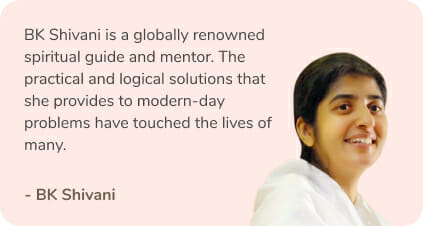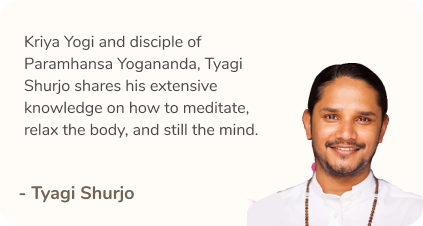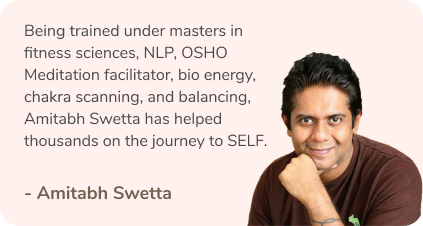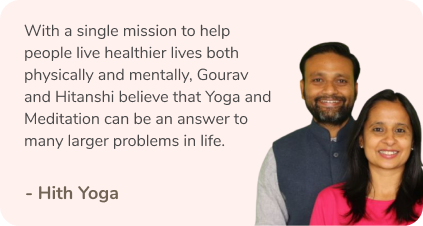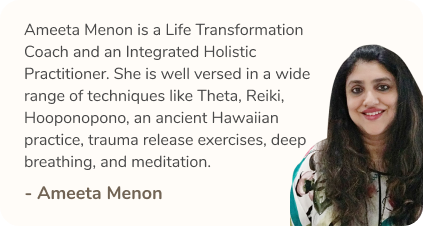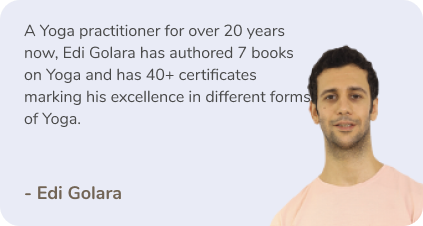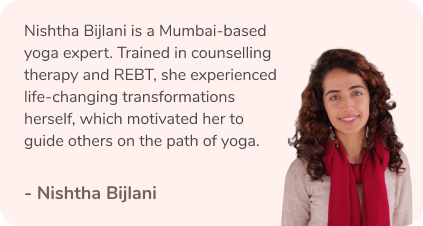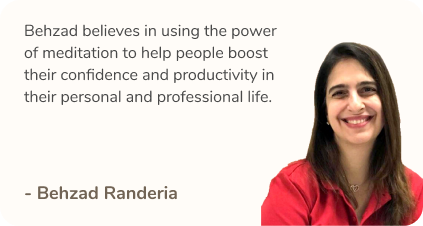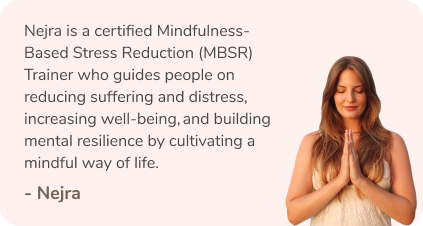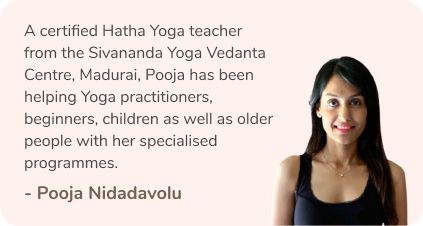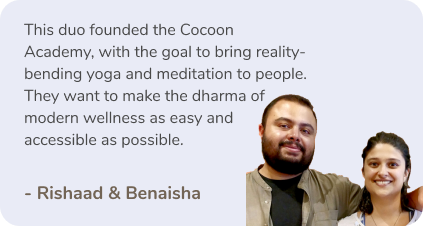When was the last time you walked somewhere? Do you remember how it felt, where was your mind, were you listening to music or were you lost in your thoughts? While walking as an act is therapeutic in its own way, walking meditation can be the perfect practice to perform mindful meditation in motion, especially if you’re someone who despises sitting in one place.
More than just strolling about, walking meditation has origins in Buddhism and can help you feel more grounded, stable and positive. Remember, meditation is a practice of training our brain and being as mindful as possible. In walking meditation, our eyes are open and our mind and body are grounded in the present moment. We develop a newfound awareness of our surroundings, our body and our thoughts.
So, what is a walking meditation practice?
Walking is an inherent ritual that we perform every single day, almost as if we’re on auto-pilot. But as soon as we step out of our homes, our mind steps into the world as well. Wandering, thinking thoughts it’s anxious about, dwelling on the day’s events, planning scenarios and situations. Meditating while walking can help us connect with our body and bring our mind to the present, relaxing it to focus better.
Walking meditation can be practised by walking in a circle, back and forth in a straight line or in the form of a labyrinth. It can also be done over a long distance. Instead of focusing on our breath, which we do during meditation, our focal point here is the rhythm of our step. Explained perfectly by the Vietnamese meditation master and peace activist Thich Nhat Hanh, “we should imagine that we print peace, serenity and happiness on the ground.”
The pace can be slow, depending on your body and mind’s preference. You can break each step into six parts or simply stroll mindfully as you please. You could also chant a mantra or count your breath. The finer details vary depending on the specific technique. A few examples of walking meditation are:
- Kinhin
- Theravada
- Vipassana
But how is it different from seated meditation?
When we’re seated to meditate, we ground our minds to ourselves. We embark on an inward journey to observe our thoughts, emotions and feelings. This creates reflection, stimulation and a sense of serenity where our troubles can be perceived with a newfound set of eyes. Whereas, walking meditation means becoming highly aware of our external surroundings through acute observation. Noticing the passing cars, the people around you, window displays, the movement of trees, the song of birds. But you’re not letting your thoughts linger on these observations. You’re simply acknowledging them and letting them flow without judgement.

However, walking meditation is often used along with seated meditation. Both are worth giving a try and doing them together can work wonders for your mental and physical health. A simple practice you can try is doing a 5-10-minute session of seated meditation followed by walking meditation. Observe how your mind and body respond during both and realise which one you prefer and why. You can also interchange the order and increase the duration as you progress.
How does walking meditation help you?
Walking meditation can be a great place to start if you’re a beginner, especially if you’re someone who benefits from being in motion. If you pace while brainstorming or think best during a workout, this is a great way for you to centre your mind and body. A few minutes can make you feel calm, balanced and collected, helping you connect with your body on a deeper level.
Both walking and meditation have their own health benefits and combining the two can be highly effective. Some of the benefits of walking meditation include:
- Strengthens balance
Walking meditation can enhance balance as well as ankle awareness and movement coordination. While practicing walking meditation, you are more aware of your leg and ankle movements and work them slowly to ground yourself. This can also be a great way for the elderly to practice strength stability and meditation simultaneously.
- Boosts blood flow
Often those who sit down for long periods prefer practicing walking meditation. It not only gets the blood flowing, especially in the legs but also decreases that sluggish feeling we get when we sit in one place for too long. Walking meditation also raises your physical and mental energy thanks to its blood circulatory benefits.
- Improves digestion
You must’ve noticed people walking after a huge meal. It’s not an unknown fact that walking can boost digestion, especially if you’re feeling a sense of heaviness or fullness. Mindful movement can help food pass through your digestion tract easily and prevent constipation.
- Reduces anxiety
A 2017 study on young adults has shown that walking reduces symptoms of anxiety if combined with mindful meditation. A walking meditative session of 10 minutes or so can help you feel less agitated, calm the thoughts running in your mind and ground you to the now.
- Improves sleep quality
It’s no surprise that regular exercise has a positive effect on our sleep quality. But walking can be a great way to improve flexibility, decrease muscle tension and increase your overall wellbeing. The ideal time for a walking meditation session is in the morning. It can leave you with a calm and clear mind, ready to start the day. But feel free to set your own routine.
- Inspires creativity
Mindful walking can help inspire thought clarity and improve your focus. This in turn can stimulate creativity. From problem-solving skills to the cultivation of fresh ideas, you can train your mind to be more open and broaden your perspective while you’re at it.
Now, how do I practice walking meditation?
Meditation doesn’t need to feel like something you have to do every day. Trust the flow of the process and you’ll embrace a routine that seamlessly makes it a part of your daily. Below, find a few steps that can get you started on a consistent walking meditation routine:
- Bring yourself to the present
Being mindful of every single moment is at the heart of meditation. While it takes some time to cultivate the habit, you can bring your mind to the present by focusing on the sensations in your body, the sounds smell and sights around you or even your breath as you walk. Tune into your thoughts and let them pass without judgement. Don’t dwell.
- Slow yourself
Often when our mind is running at full speed, we tend to move just as quickly. Pace yourself and slow your gait to a relaxed walk. Take a few minutes to understand and correct your footing. Check your body for resistance, in your breath, in your muscles, in your thoughts and try to steady yourself.
- Observe your movement
Walking meditation requires you to be aware of your movements, how your body flows from step to step and how you allow it. The swing of your arms, the firmness of your step, or even how your weight shifts as you switch your footing from left to right. Find the rhythm in these movements and let them calmly flow through you.
Remember, these steps are only guidelines and not rules. You can adapt, experiment and explore as you practice. Explore walking in different settings and observe how your body and mind respond. Maybe you prefer a walk amidst nature or the bustle of the streets or a quiet promenade that runs along the ocean. Choose the one that suits you best.
You can also write down your progress in a journal or simply jot down the sensations that you felt that day, using the journal as a tool to reflect on your experience.
Read more: 10 Quotes For Family, Relationships And Well-Being
Like & Follow ThinkRight.me on Facebook, Instagram, Twitter, and Telegram to stay connected.


